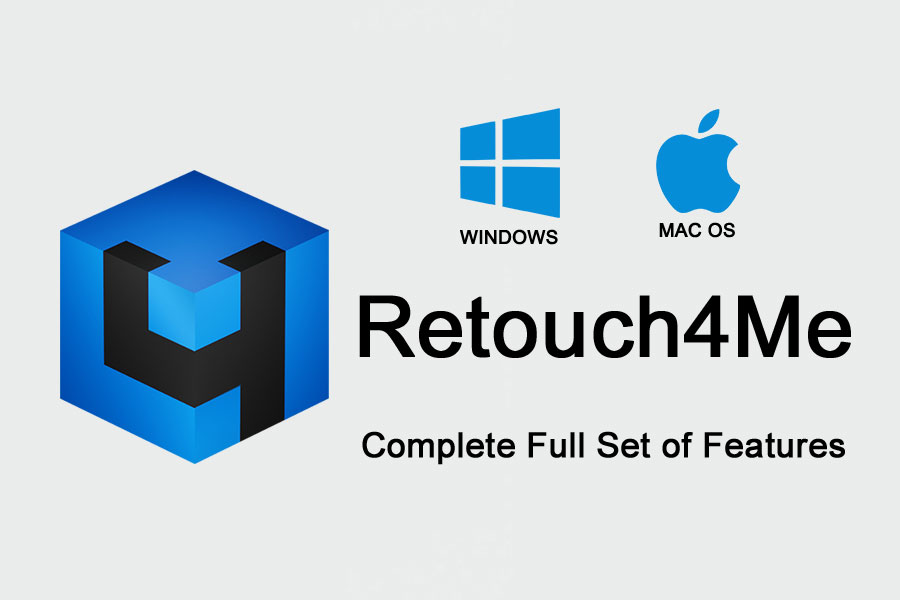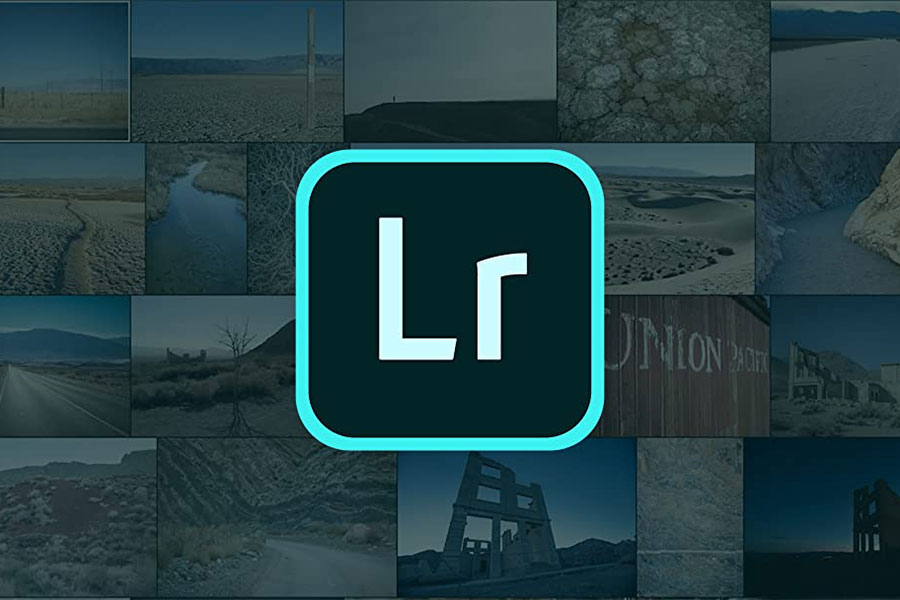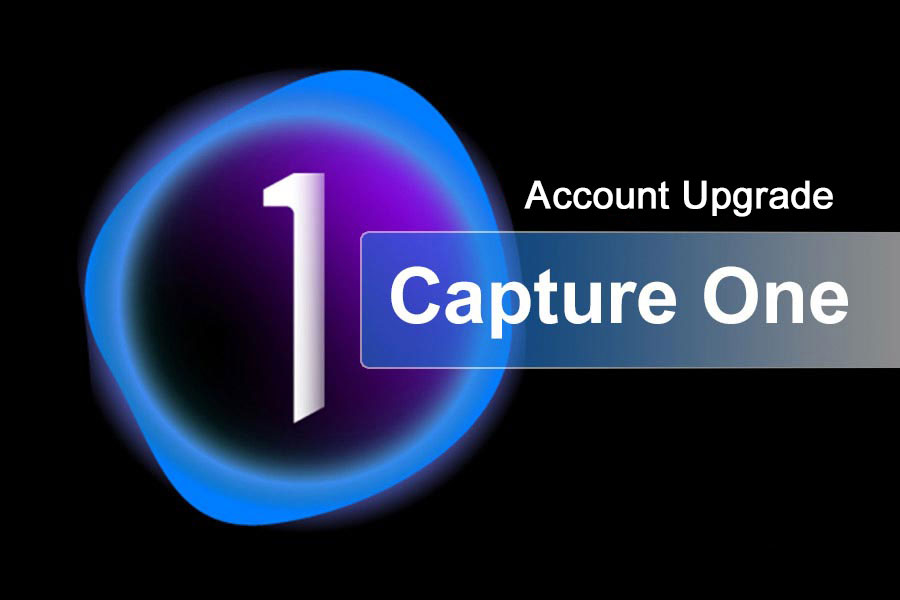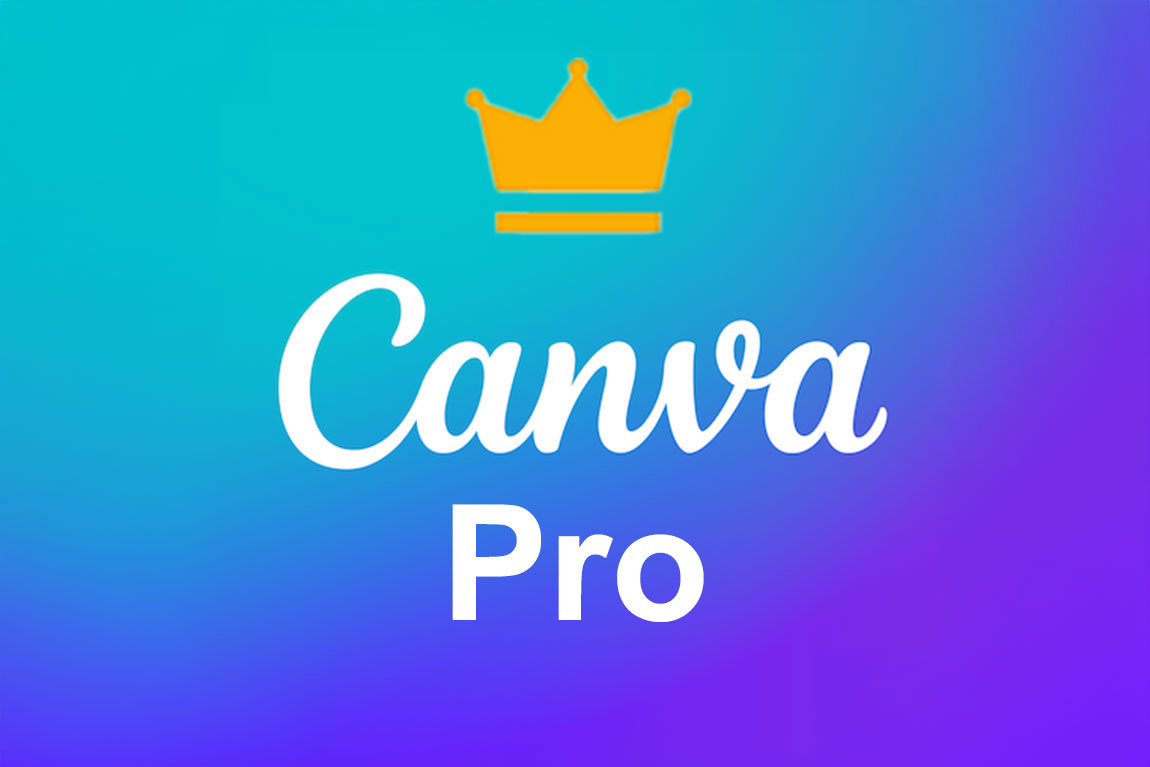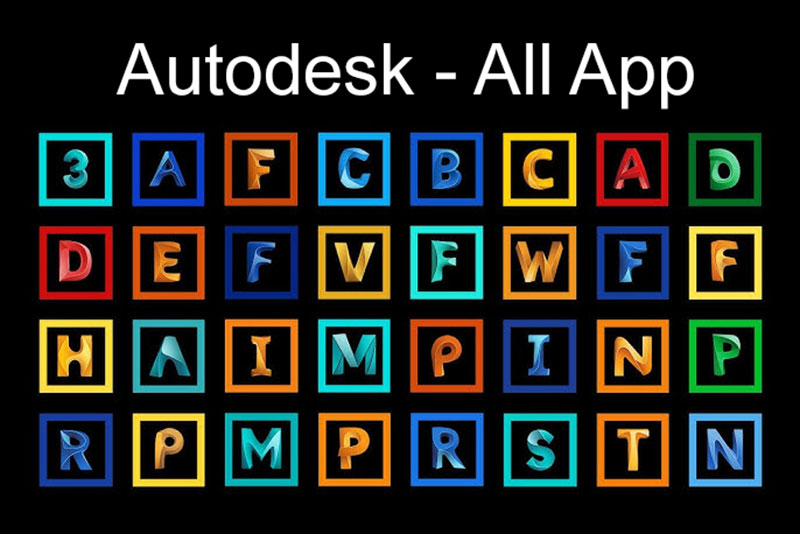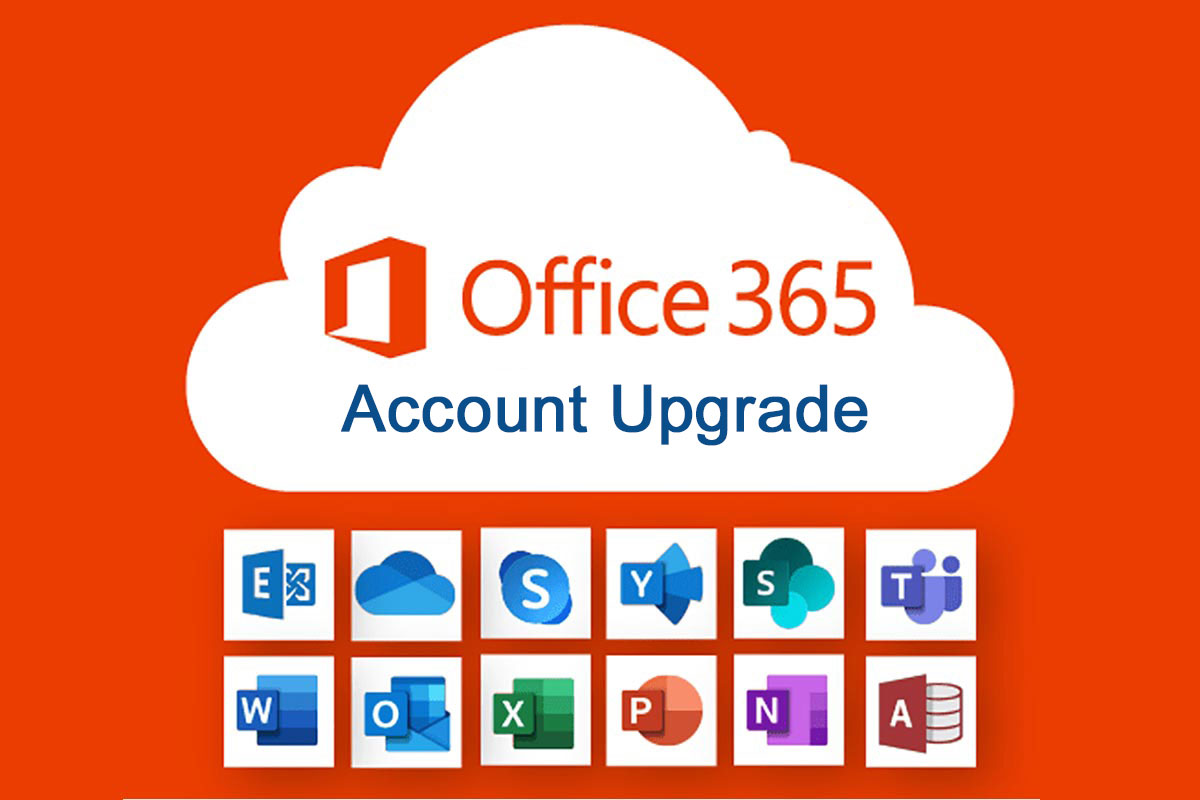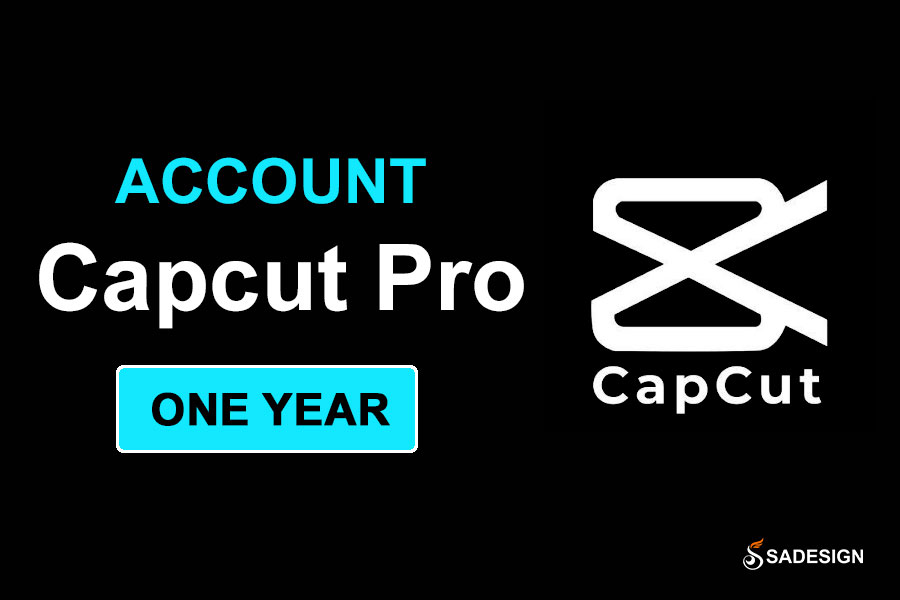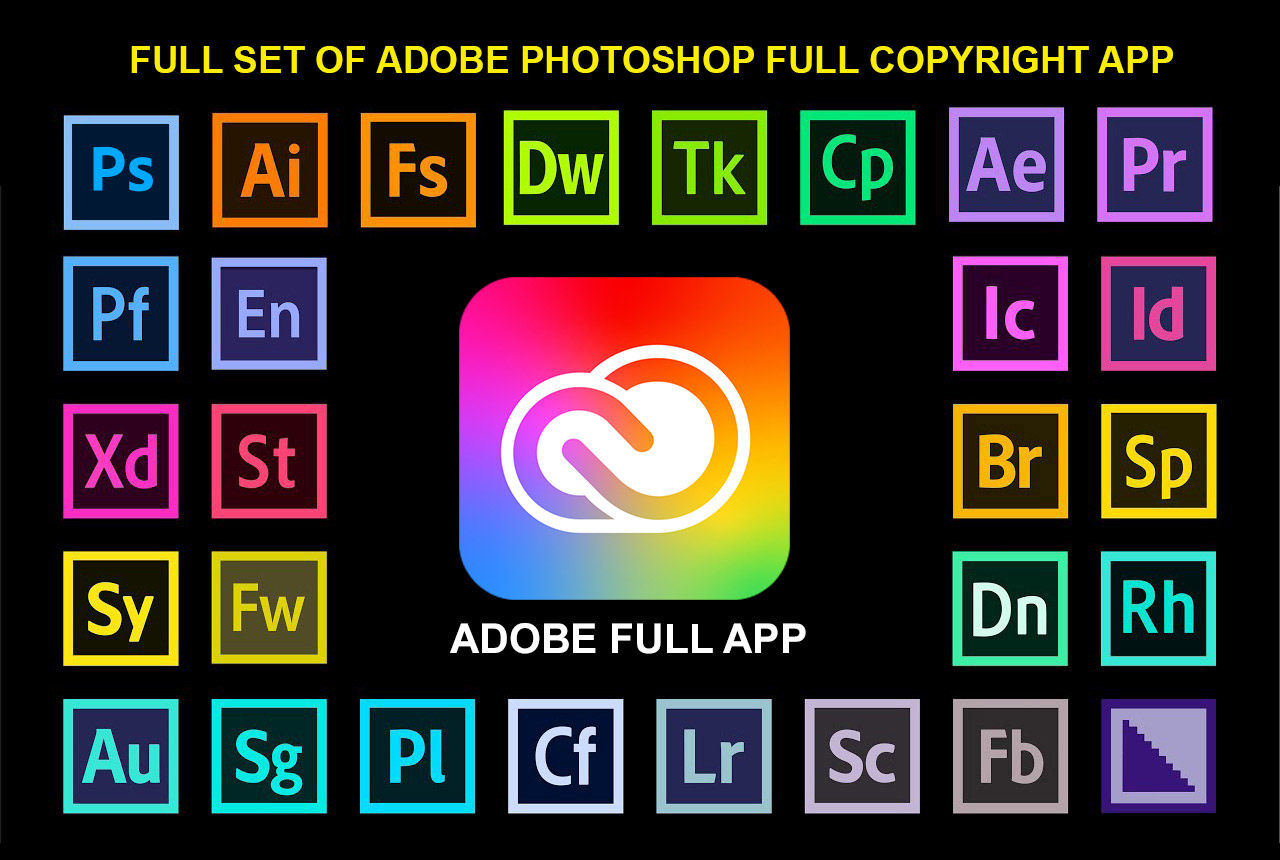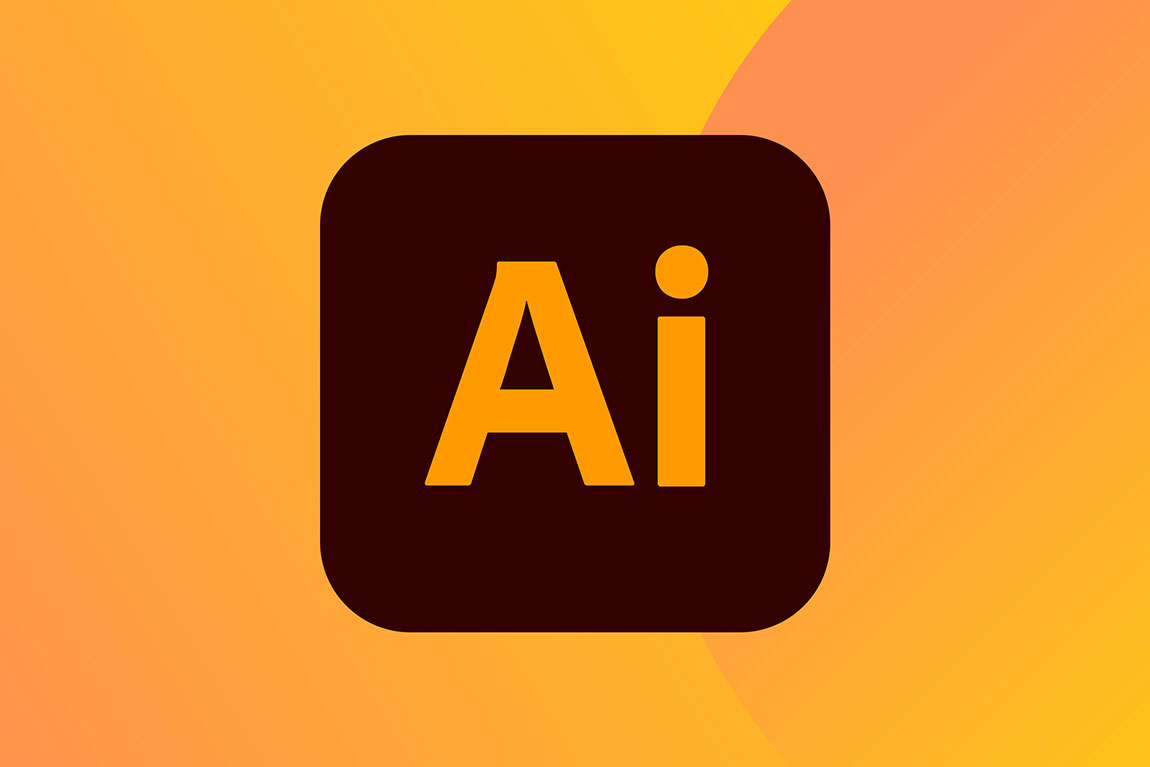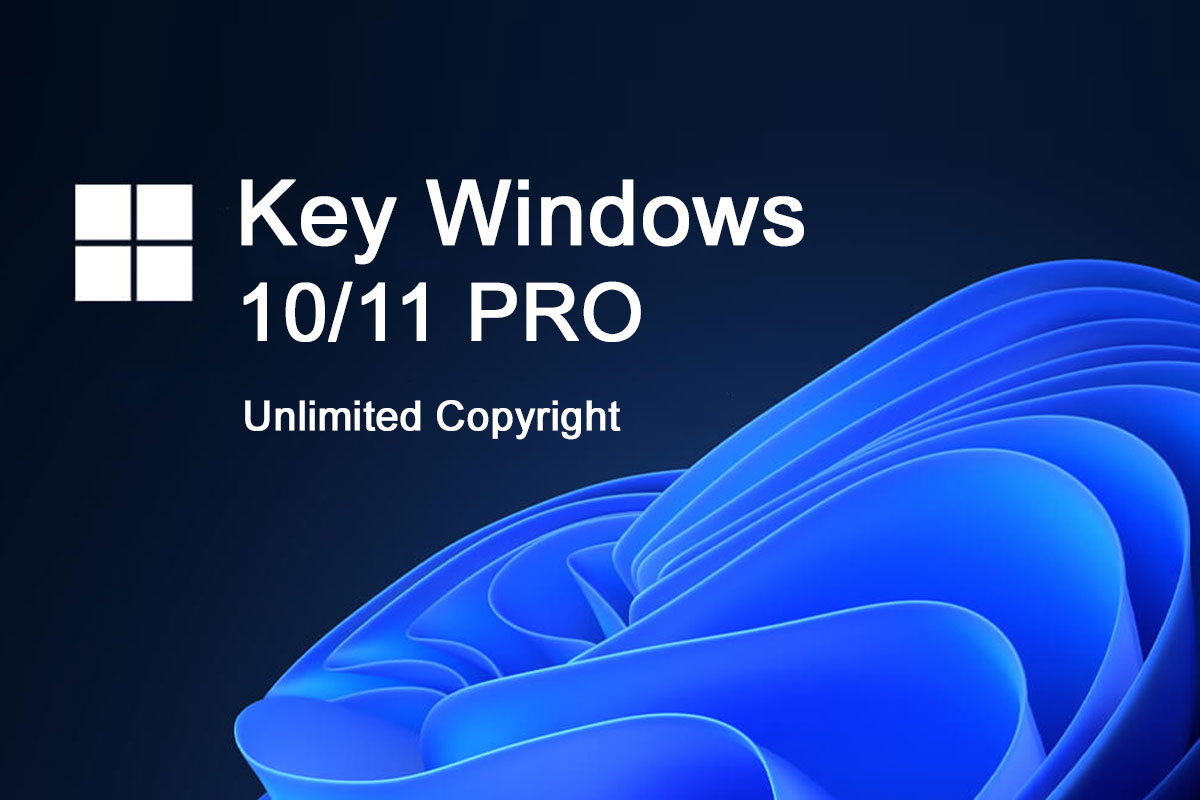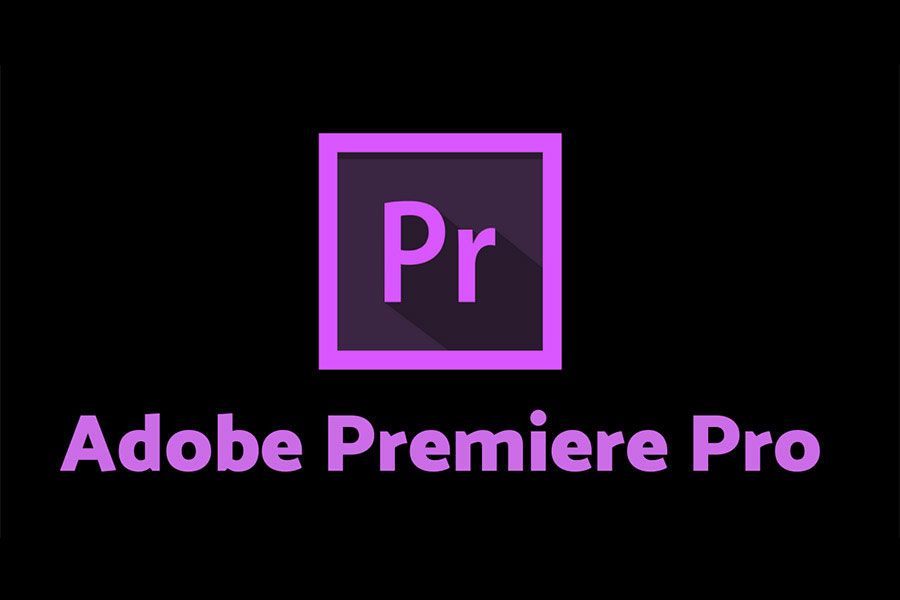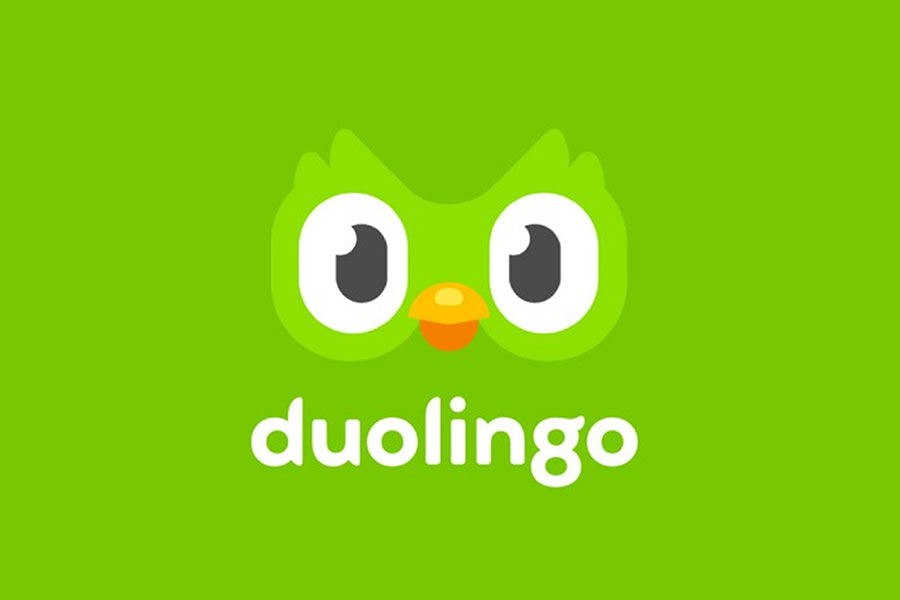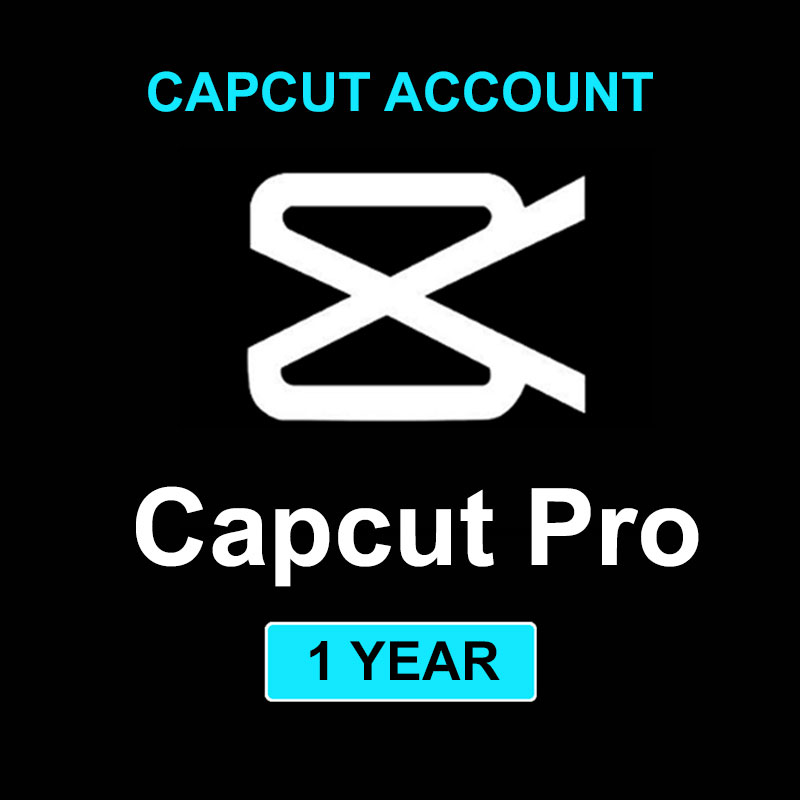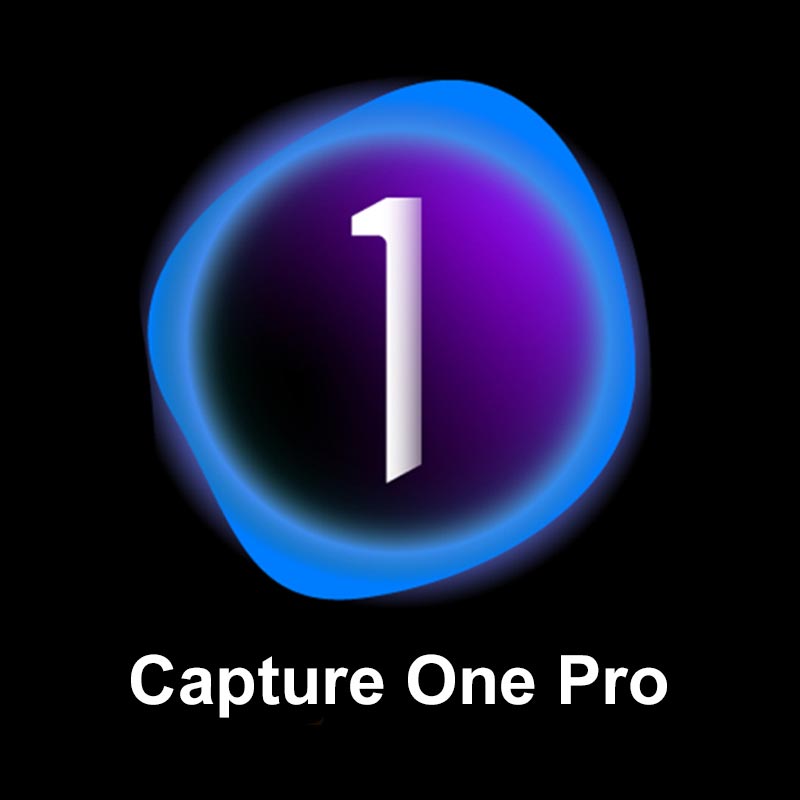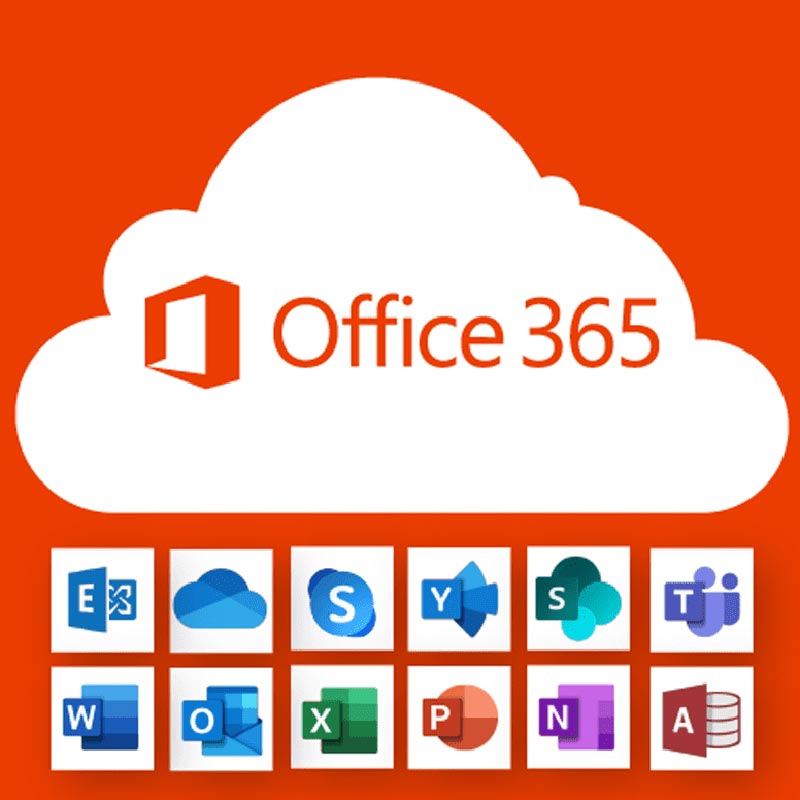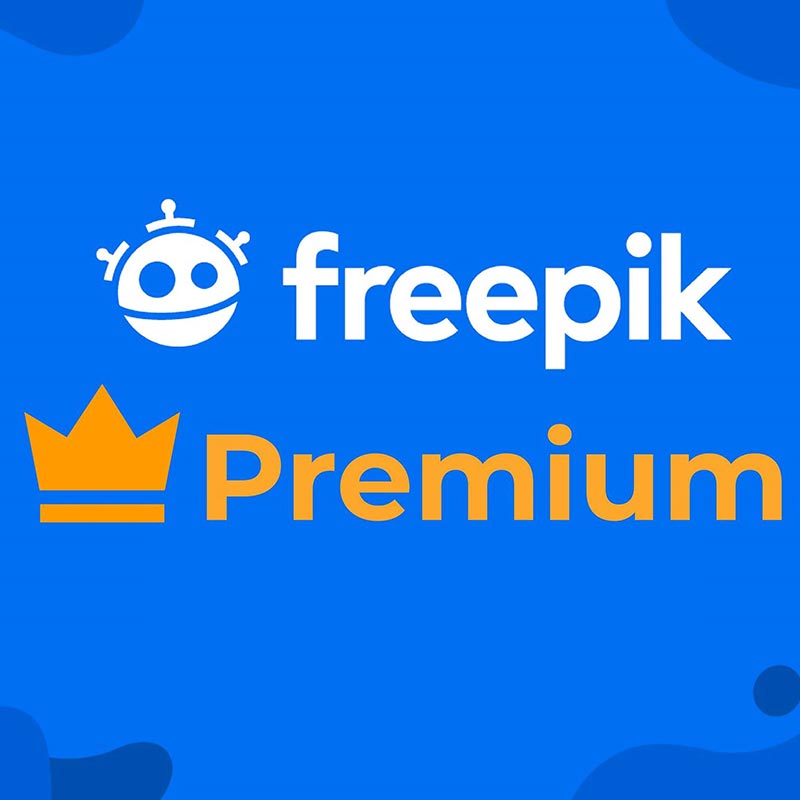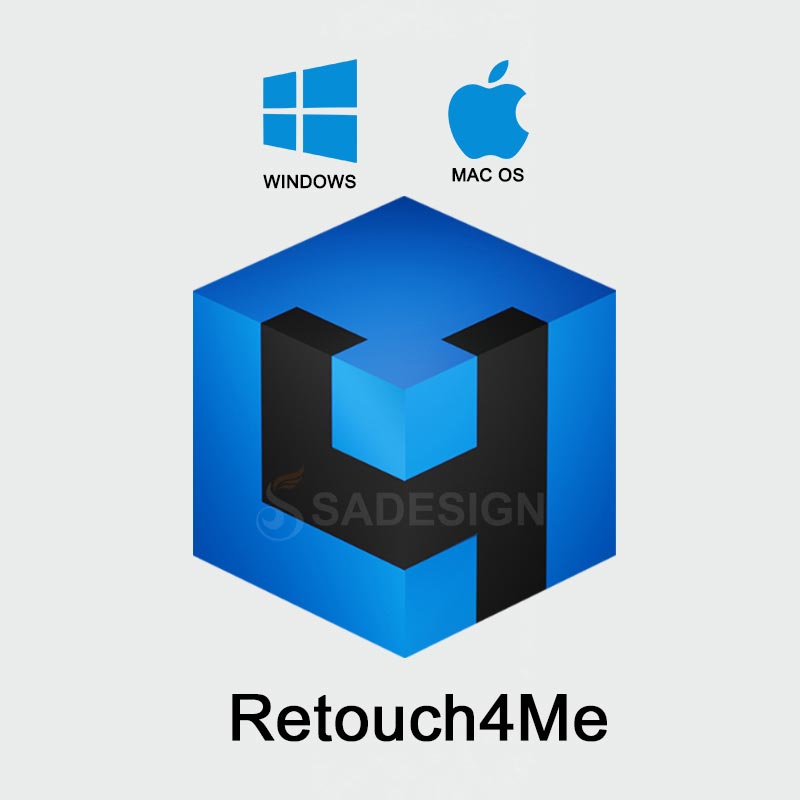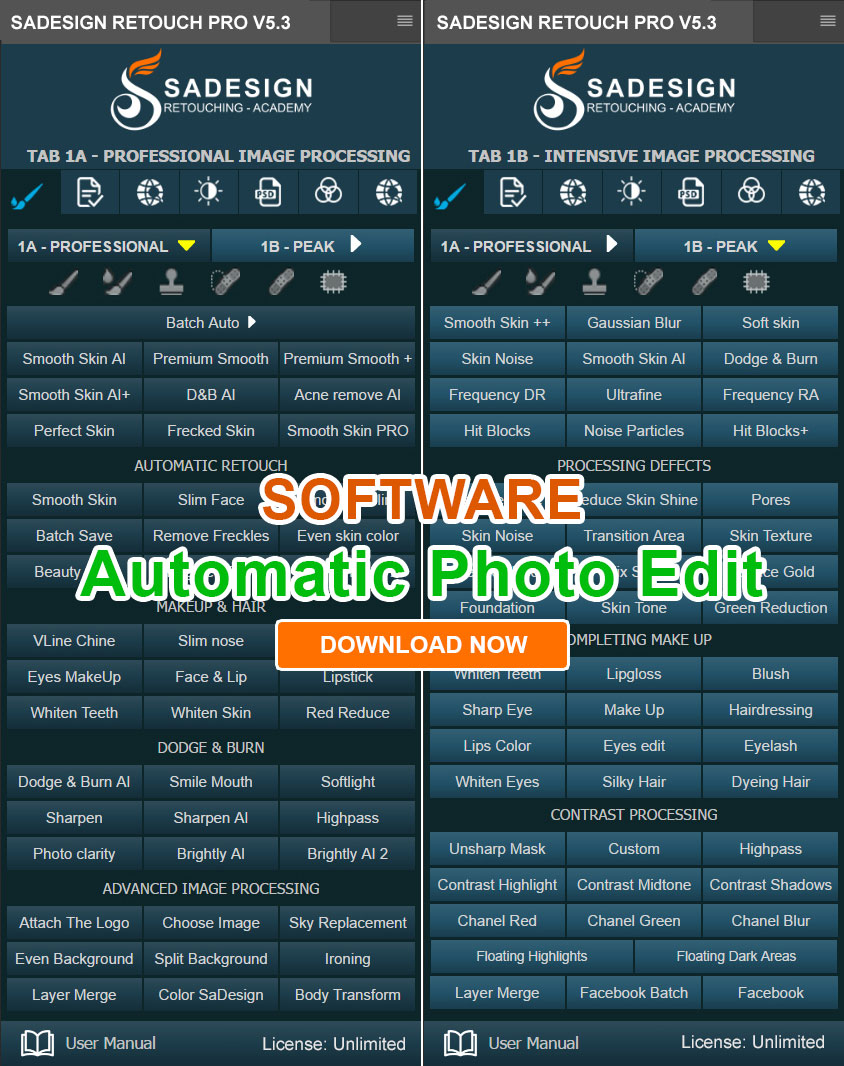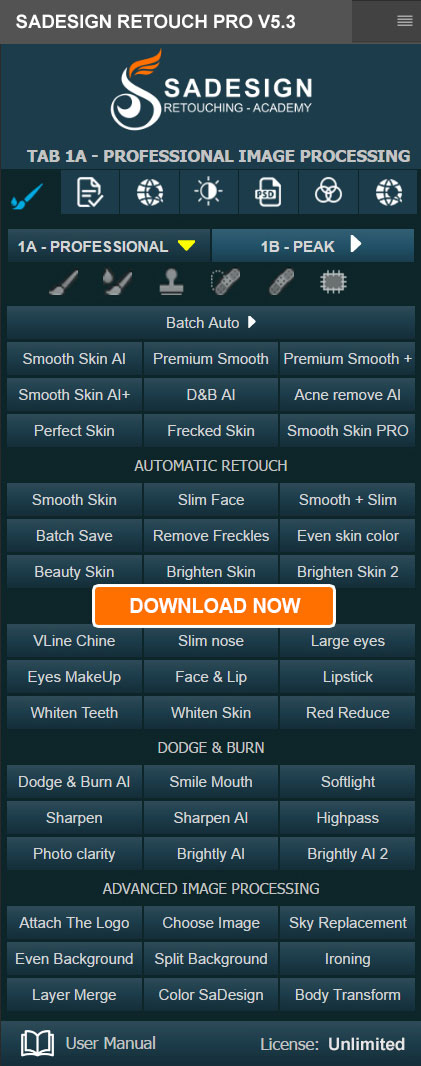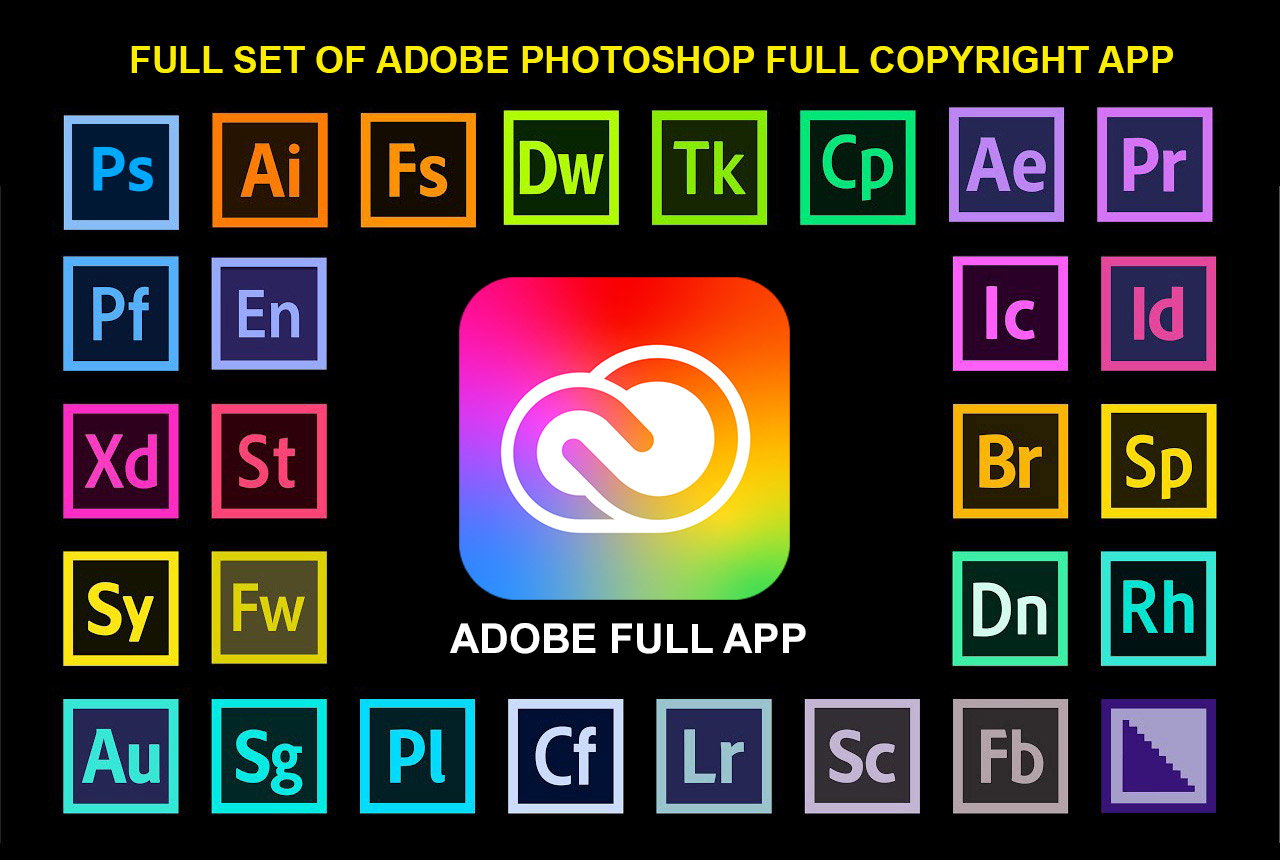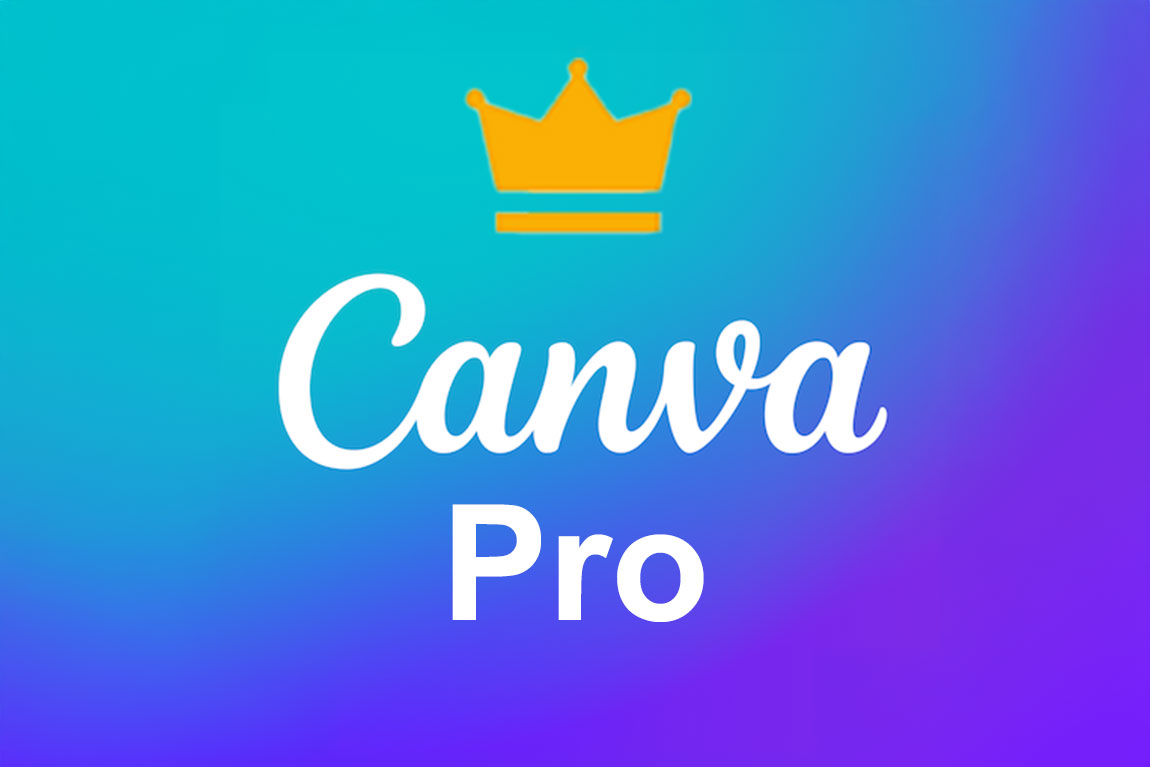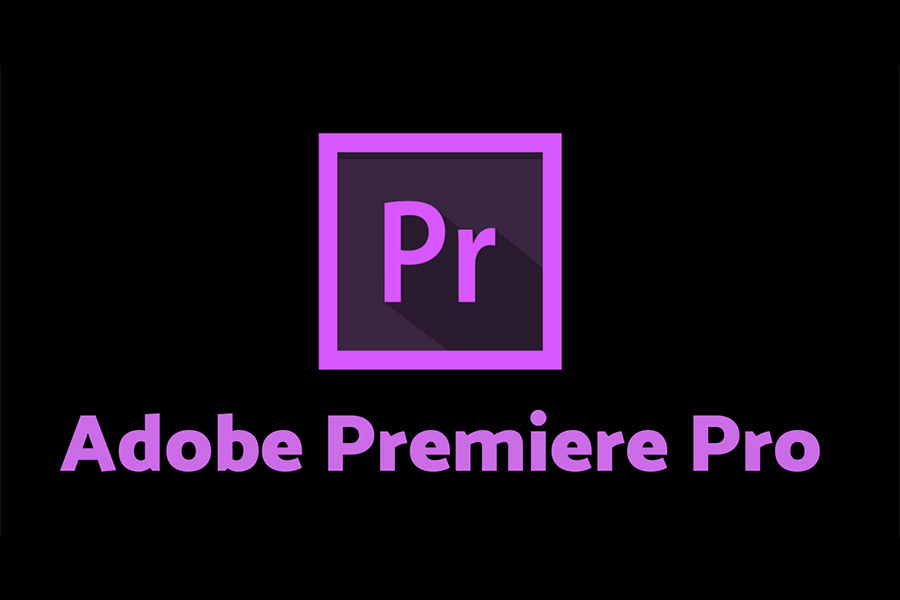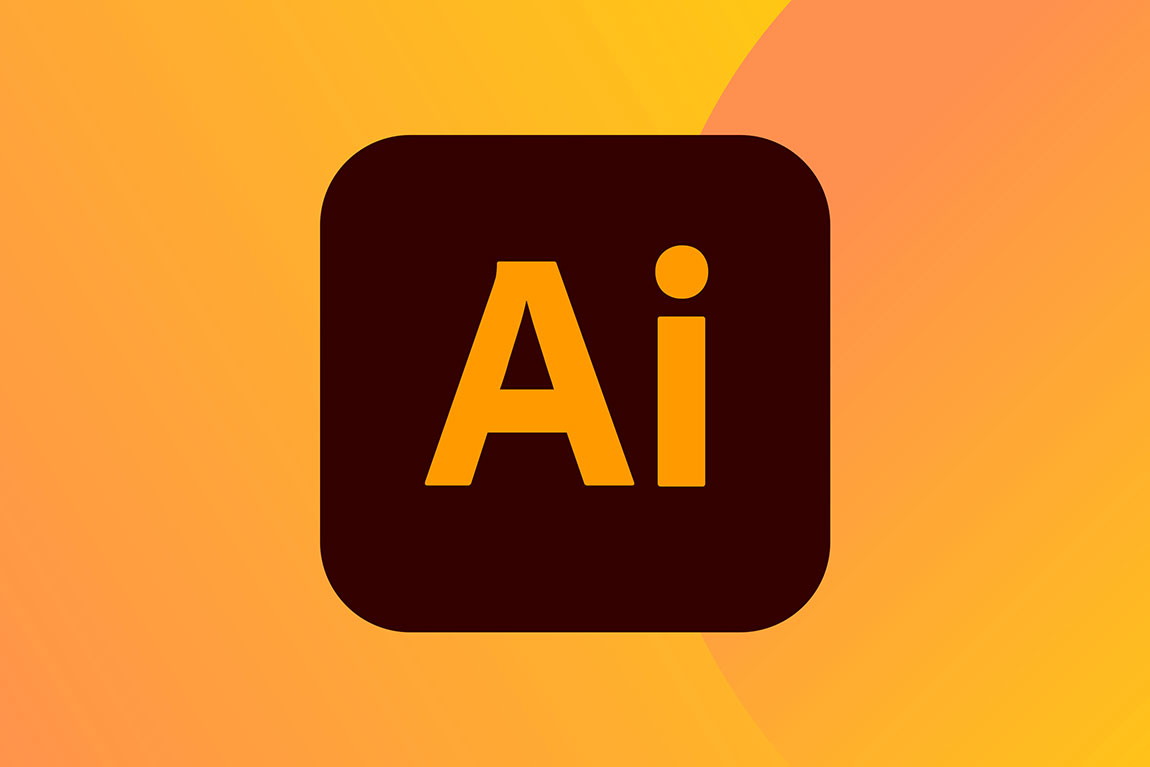Best Selling Products
Zoom Vs Google Meet Online Meeting Platform War – Who Is The Leader?
Nội dung
- 1. Overview of Zoom and Google Meet
- 2.1. Zoom
- 2.2. Google Meet
- 3. Advantages and disadvantages of Google Meet
- 3.1. Advantages of Google Meet
- 3.2. Disadvantages of Google Meet
- 4. Advantages and disadvantages of Zoom
- 4.1. Advantages of Zoom
- 4.2. Disadvantages of Zoom
- 5. Comparing Zoom and Google Meet
- 6. Zoom vs Google Meet: Which is the best solution for business?
In the world of online meetings, Zoom and Google Meet are two heavyweights with millions of users worldwide. But which platform is truly superior? Let's put them on the scale and analyze each aspect of the two applications in detail to find the "winner" in this battle!
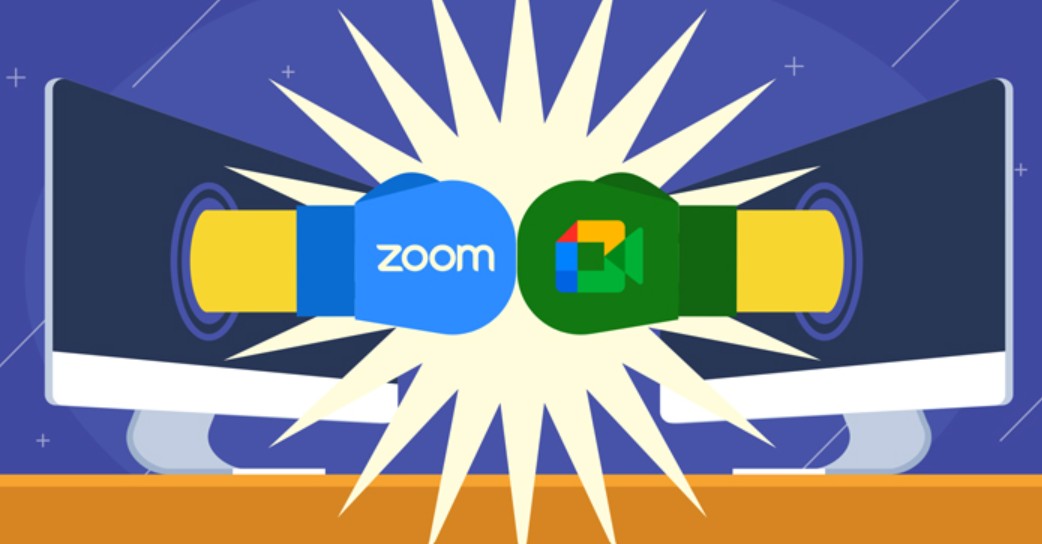
Remote working and online learning are gradually developing strongly, online meeting platforms have become indispensable tools for individuals, businesses and educational institutions. Among them, Zoom and Google Meet are the two most popular software, trusted by millions of users around the world. However, not everyone knows the difference between these two tools. If you are wondering whether to choose Zoom or Google Meet for your online meeting needs, this article will help you have an overview, compare each factor in detail to make the most appropriate decision. Let's learn more about these two platforms with SaDesign !
1. Overview of Zoom and Google Meet
Before going into detailed comparison, we need to understand what each tool is and what their advantages and disadvantages are.
2.1. Zoom
Zoom is an online meeting software developed by Zoom Video Communications. Launched in 2013, Zoom quickly became one of the most popular video conferencing platforms thanks to its friendly interface, stable video quality, and many powerful features supporting group meetings, teaching, and online seminars.
.png)
Supports meetings with large number of participants (up to 1000 people with premium package).
HD video and audio quality, support intelligent noise filtering.
Allows screen sharing, virtual backgrounds and virtual whiteboards.
Provides meeting recording and video recording features.
Support Breakout Rooms – divide small meeting rooms for group discussions.
Ability to integrate with many third-party applications such as Microsoft Teams, Slack, Zapier,...
Upgrade Zoom Pro Account Genuine Cheap Price
2.2. Google Meet
Google Meet is an online meeting platform developed by Google, deeply integrated with the Google Workspace ecosystem, helping users easily connect and work online right on the browser without installing software. Previously, Google Meet was only available to business customers, but now it has been expanded to all individual users.
.png)
Simple interface, easy to use, no need to install application (can join directly on the browser).
Tight integration with Google Calendar, Gmail, Google Drive,… helps to easily schedule meetings.
Supports automatic captioning with AI, improving accessibility for everyone.
Stable audio and video quality, automatic light adjustment.
Provides high security control options, helping to protect against cyber attacks.
Works well on both mobile and desktop without requiring a Google account for participants.
3. Advantages and disadvantages of Google Meet
When looking for the right tool for online conferencing, users will also need to understand the following advantages and disadvantages of Google Meet compared to competitors:
(1).png)
3.1. Advantages of Google Meet
Free and accessible: Google Meet has a free version with all the basic features, suitable for general needs.
Integrate with Google Workspace: Can connect with Gmail, Google Calendar, Google Drive on the same platform,... making it easy to schedule, manage and store meetings.
Good security: Google Meet encrypts data during transmission, securing user information and avoiding risks from cyber attacks.
Cross-platform support: Google Meet can be used directly on the browser without installing software, and is also very flexible on iOS and Android.
Diverse features: The paid version of Google Meet integrates many advanced features such as automatic captions, screen sharing, group meeting rooms, voiceovers, whiteboards, etc. to optimize every user experience.
.png)
3.2. Disadvantages of Google Meet
Feature limitations in the free version: Google Meet has limits on the number of participants and meeting duration. Additionally, some advanced features are not supported unless you use a paid Google Workspace plan.
Google account required: Participants need a Google account to join the meeting (unless the room host allows guests).
Network connection dependent: Video quality may be limited if the network connection is unstable, greatly affecting the user experience.
4. Advantages and disadvantages of Zoom
Similar to Google Meet, Zoom also has its own advantages and disadvantages. Users can consider these factors to make the right decision:
.png)
4.1. Advantages of Zoom
Support large number of participants: The free version allows up to 100 participants in 40 minutes, while the paid plan supports up to 1,000 people (Zoom Webinar).
Diverse and powerful features: Zoom provides many additional features to support users in organizing and managing meetings (screen sharing, meeting recording, huddle rooms, whiteboard, survey, raise hands, etc.)
Good video and audio quality: Zoom supports HD video, clear audio, and intelligent noise reduction and audio filtering.
Cross-platform integration: Zoom can work well on multiple platforms like Windows, macOS, iOS, Android, and even web applications.
No account required to join: Users can join meetings using the specified link without having to sign up for a Zoom account.
Control support: Administrators can grant screen control to others, which is especially useful in teaching or technical support.
.png)
4.2. Disadvantages of Zoom
Cost of use: Although Zoom has a free version, many advanced features still require users to pay.
Time limits on free version: Free meetings on Zoom will be supported up to 40 minutes and 100 attendees.
Requires software installation on the device: Although Zoom can be used on the web, the browser experience will not have the same full functionality as the installed version.
Security concerns: Zoom has had its share of security issues in the past, so this remains a concern for many users.
.png)
5. Comparing Zoom and Google Meet
Among the popular platforms, Zoom and Google Meet are the two most widely used tools today. However, choosing which platform is suitable will depend on many factors. Specifically, below are detailed comparisons of Zoom and Google Meet that users can refer to:
Zoom
Google Meet
User Interface
The interface is packed with options, which can be overwhelming for newcomers. However, it is quite flexible for those who want more control over meeting features.
Intuitive, simple and easy to use interface, especially suitable for users who are not too familiar with technology.
Number of participants
In the free version, Zoom allows up to 100 participants, but with paid plans, the limit can go up to 1,000 people.
The free version allows up to 100 participants, while the paid version can support more, up to 500 people depending on your Google Workspace subscription plan.
Time limited
With the free version, Zoom limits meeting time to 40 minutes, but that doesn't apply to meetings with fewer than 3 participants.
The free version is limited to 60 minutes per meeting.
Video quality
Full HD 1080p support on paid plans, while the free version is usually at 720p HD.
Supports 720p HD video by default, but can reach Full HD 1080p if the bandwidth is strong enough.
Availability
Requires downloading the app on your computer or phone to use the full functionality of the app.
Can be accessed directly on the web browser without installing the application. In addition, it also works well on most platforms such as Windows, macOS, Linux, Android or iOS.
Integration capabilities
Good integration support with many third-party applications such as Slack, Microsoft Teams, Salesforce,… helps users be more flexible in using their tools and ecosystems.
Easily integrates with Google products like Gmail, Google Calendar, Google Drive, etc., making scheduling and joining meetings a breeze.
Cost of use
Offers a free version but many useful features are only available in higher priced paid plans.
Provides users with a free version with some basic features. Accompanied by flexible paid plans with Google Workspace subscription packages.
Security & Privacy
After facing security issues, Zoom has taken many steps to improve, but there are still some doubts from users about security.
Highly rated for its strong security features, helping to protect personal information and user data safely.
(1).png)
6. Zoom vs Google Meet: Which is the best solution for business?
When choosing between Zoom and Google Meet, the decision is not only about features and budget, but also depends on the specific needs of the business. Specifically:
For small businesses, Google Meet may be a more suitable choice due to its low cost and easy integration with popular tools users are using such as Gmail, Google Drive, Google Calendar, etc.
For medium and large businesses, if users need to organize large-scale meetings or webinars, Zoom with its scalability and many supporting features will be the optimal choice.
In the education sector, both applications can meet the needs of online learning. However, Zoom is often preferred due to its webinar feature and better online learning support infrastructure.
In conclusion, both Zoom and Google Meet have their own advantages and disadvantages. Choosing between the two platforms depends on the specific needs of users and businesses. If you need a simple, easy-to-use, and secure online meeting platform, Google Meet may be the optimal choice. On the other hand, if users need rich features and scalability, Zoom will be a great choice.
